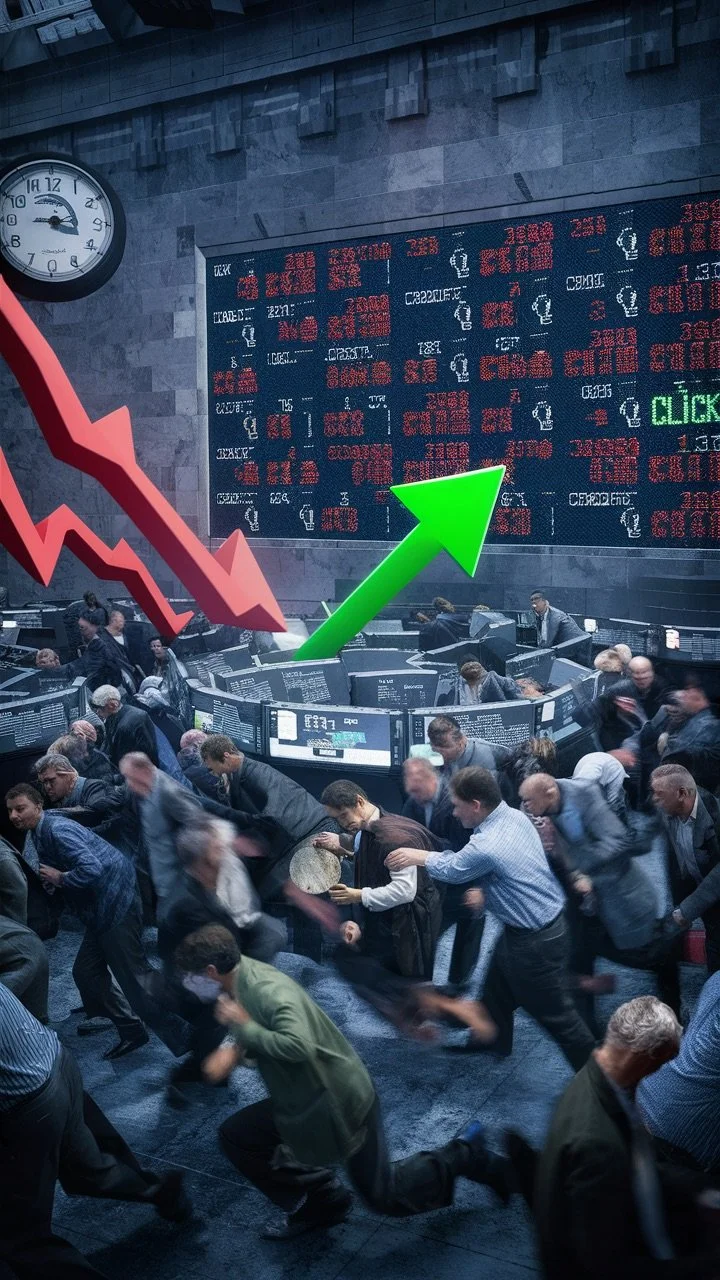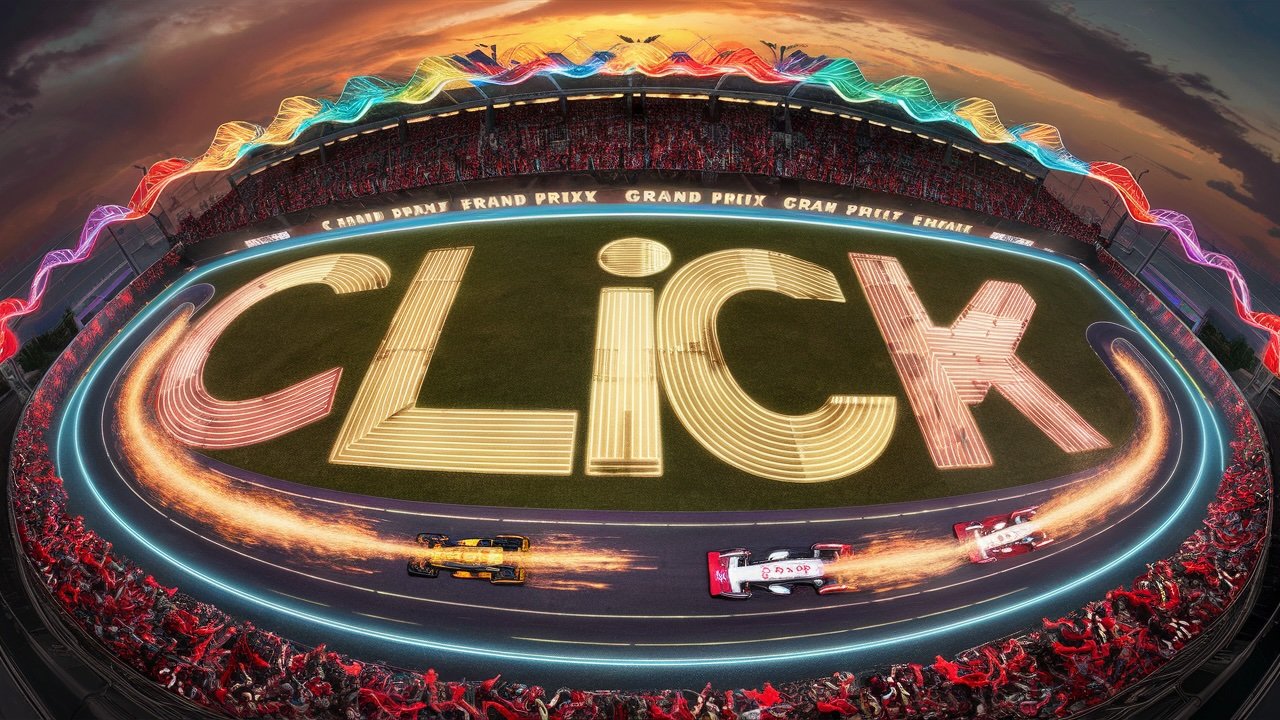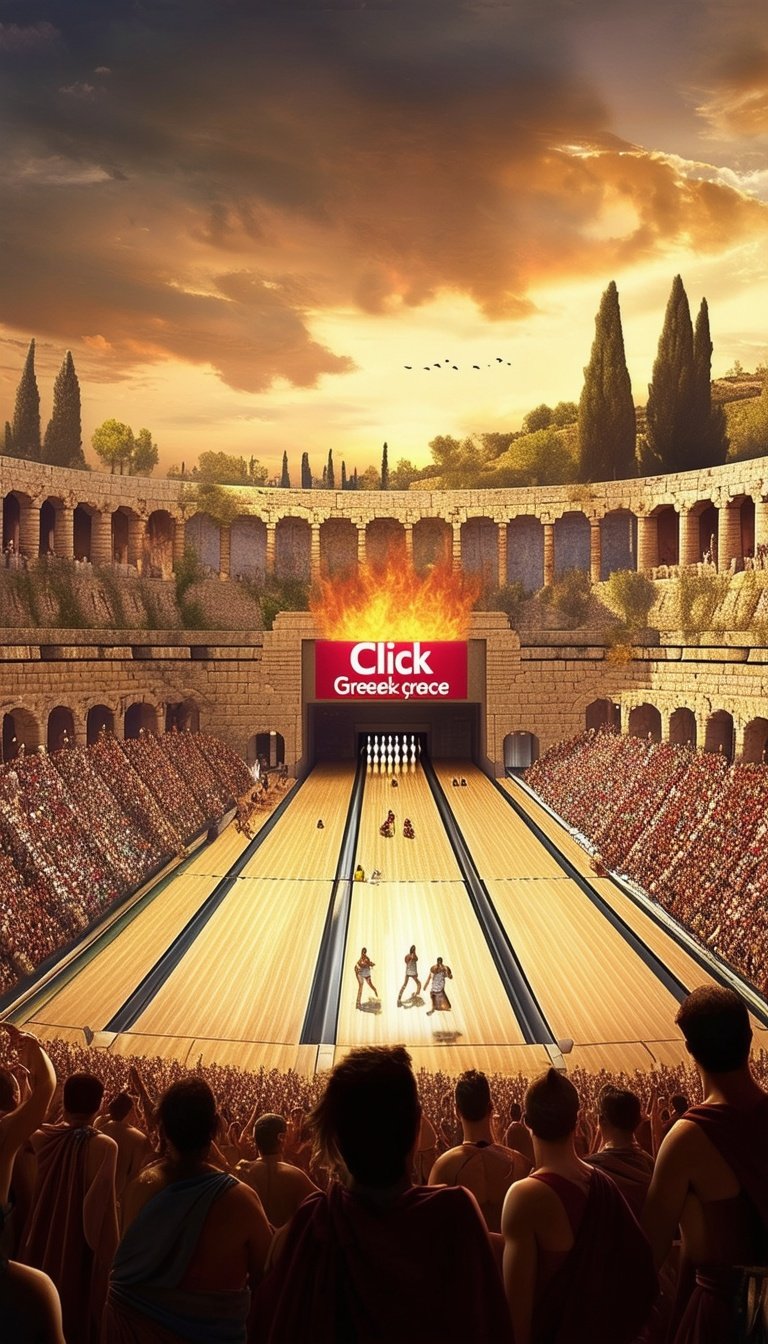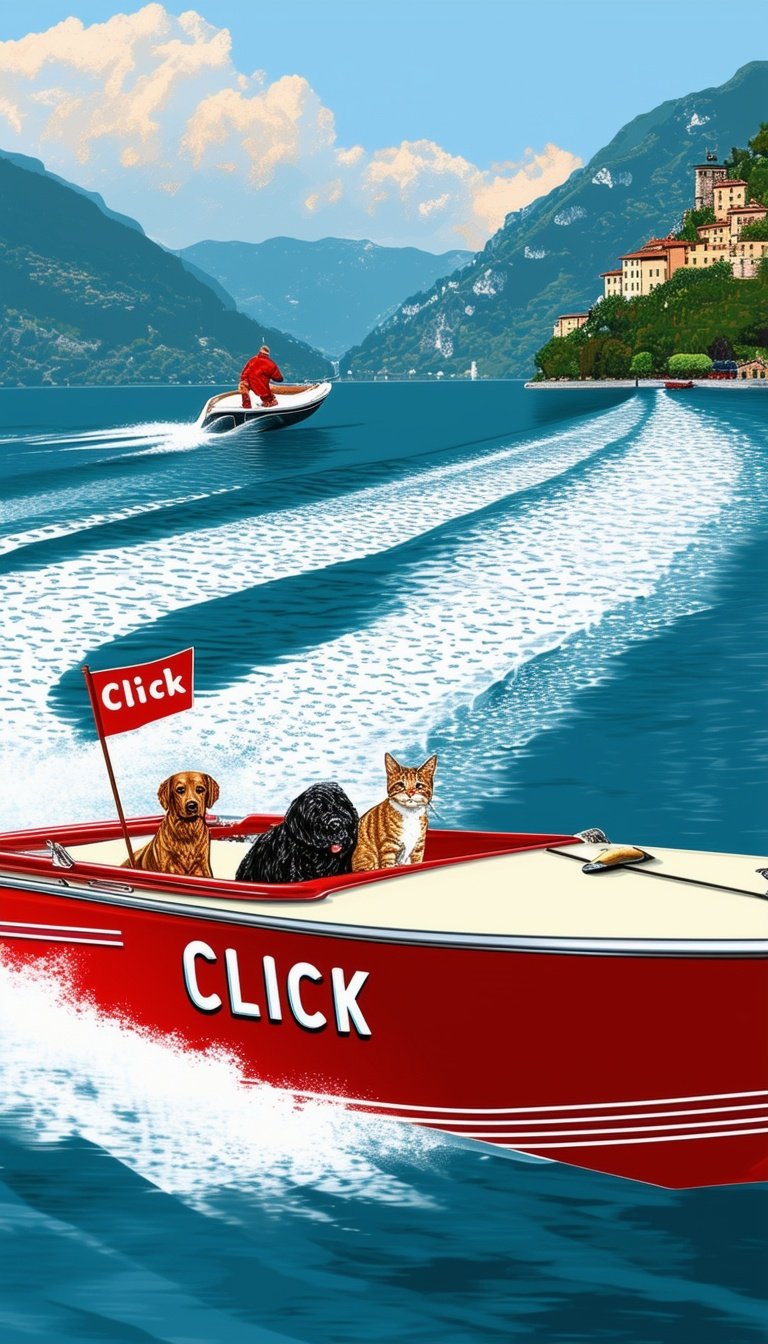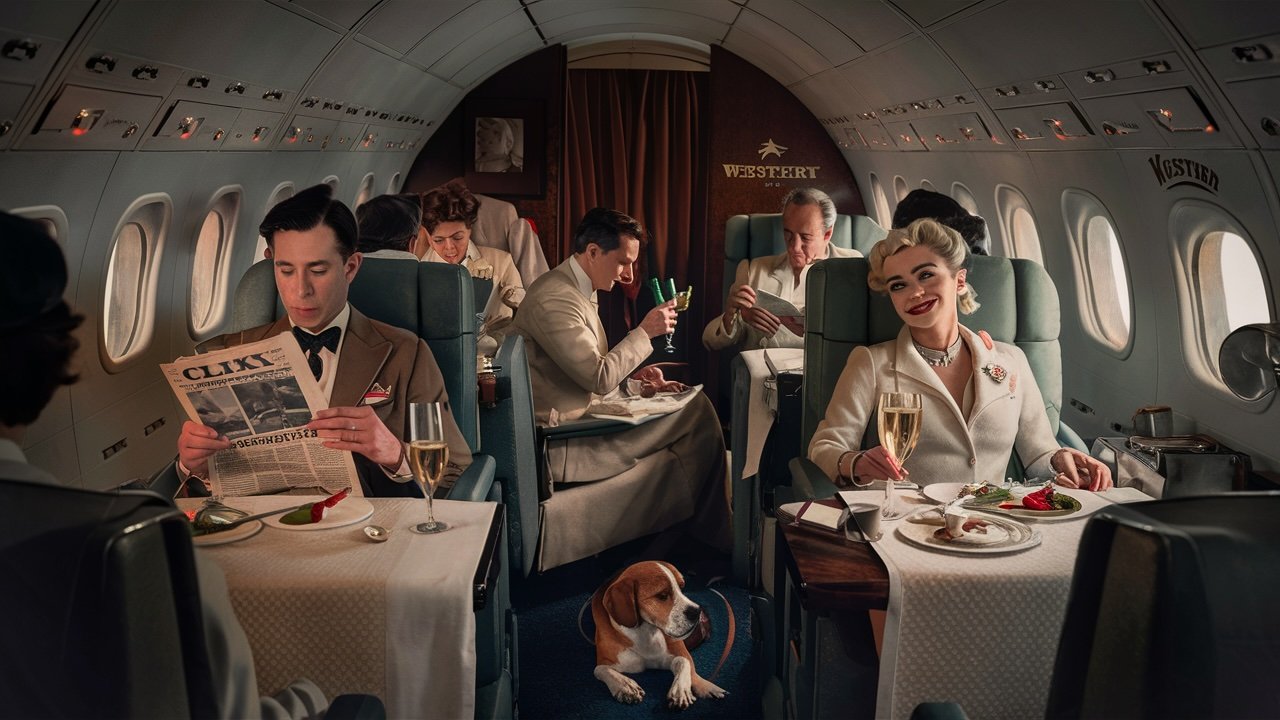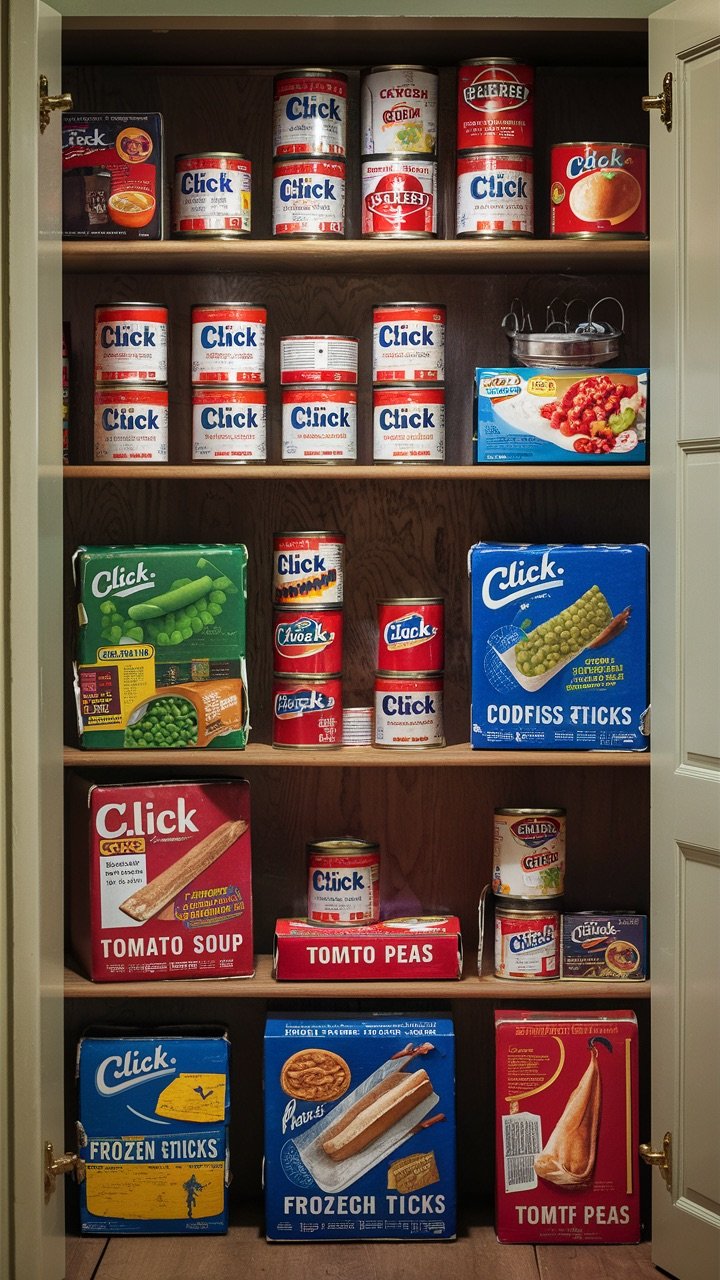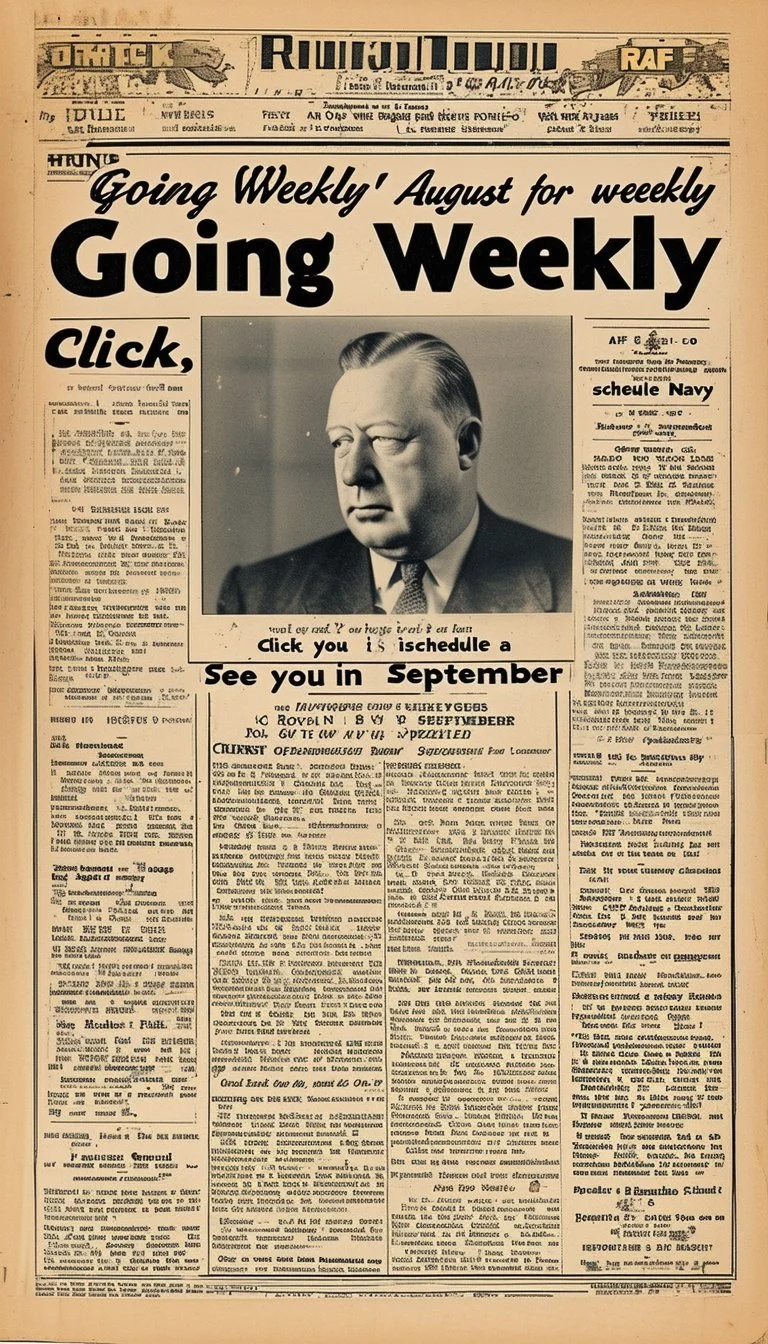Click Crash
Behavioural finance issues related to loss primarily revolve around how individuals perceive and react to losses, often diverging from rational decision-making models. Some key issues include:
1. Loss Aversion
- Definition: The tendency for people to prefer avoiding losses rather than acquiring equivalent gains.
- Impact: Individuals might hold onto losing investments longer than is rational in the hope of breaking even, leading to greater losses.
2. Prospect Theory
- Definition: Developed by Daniel Kahneman and Amos Tversky, it describes how people choose between probabilistic alternatives that involve risk.
- Impact: People evaluate potential losses and gains relative to a reference point, usually the status quo and losses have a more significant emotional impact than gains of the same size.
3. Disposition Effect
- Definition: The tendency to sell winning investments too early and hold onto losing investments too long.
- Impact: Investors may realise gains quickly to lock in profits but avoid realising losses to escape the pain of admitting a bad investment decision.
4. Endowment Effect
- Definition: The phenomenon where people assign more value to things merely because they own them.
- Impact: This can lead to an irrational attachment to losing investments, making it difficult to sell them.
5. Mental Accounting
- Definition: People categorise and treat money differently depending on its origin, intended use, or other subjective criteria.
- Impact: Losses might be accounted for differently depending on the mental account they belong to, leading to inconsistent financial behaviour.
6. Regret Aversion
- Definition: The tendency to avoid making decisions that could lead to regret.
- Impact: Investors might avoid selling losing investments to avoid the regret of making a decision that results in a realised loss.
7. Overconfidence
- Definition: A cognitive bias where individuals overestimatetheir knowledge, abilities, and the accuracy of their predictions.
- Impact: Overconfident investors may underestimate the likelihood of losses or overestimate their ability to recover from losses, leading to riskier behaviour.
8. Sunk Cost Fallacy
- Definition: The inclination to continue an endeavour once an investment in money, effort, or time has been made.
- Impact: Investors might throw good money after bad, continuing to invest in a losing position due to the amount already invested rather than cutting their losses.
9. Anchoring
- Definition: The tendency to rely too heavily on the first piece of information encountered (the "anchor") when making decisions.
- Impact: Initial purchase prices can anchor investors' perceptions of value, causing them to hold onto losing investments until they return to the anchored value.
Flower Power
The floral industry in Colombia is a significant player in the global flower market, second only to the Netherlands. Colombia produces about 25% of the world's roses and a variety of other flowers, including carnations, chrysanthemums, and alstroemerias. The industry is a major exporter, with the United States being the largest market, followed by Canada, the Netherlands, and the United Kingdom. In 2021, flower exports from Colombia exceeded $1.5 billion, marking a substantial milestone for the industry.
Key Aspects of Colombia's Floral Industry:
Production and Export:
- Geographic Concentration: The majority of flower production occurs in the savanna region near Bogotá, with other significant areas including Antioquia and the Eje Cafetero. Colombia has over 10,000 hectares dedicated to flower cultivation.
- Export Volume: In 2022, Colombia exported flowers worth $2 billion, with the United States receiving the largest share. Other major destinations include Japan, Canada, the UK, and the Netherlands.
Cuble Click
There are several Python libraries and scripts available that can be used to solve the Rubik's Cube. One of the most popular libraries is the `kociemba` solver, which implements the Two-Phase Algorithm developed by Herbert Kociemba. This algorithm is known for its efficiency in solving the Rubik's Cube in a relatively small number of moves.
Here's a basic example of how you can use the `kociemba` library to solve a Rubik's Cube:
Step 1: Install the `kociemba` library
You can install the library using pip:
```sh
pip install kociemba
Step 2: Use the library in a Python script
Here's an example of how to use the `kociemba` library to solve a Rubik's Cube:
```python
import kociemba
Define the scrambled cube state as a string
The string represents the cube in the following order: U (up), R (right), F (front), D (down), L (left), B (back)
Each face is represented by 9 characters in row-major order, with colors represented by a single character
Example of a solved cube: 'UUUUUUUUURRRRRRRRRFFFFFFFFFDDDDDDDDDLLLLLLLLLBBBBBBBBB'
scrambled_cube = 'DURLBBURULDBBBFRRRDFDUFDFULUURLDDLFDBFLLDDLLRBFFLUBRB'
Solve the cube
solution = kociemba.solve(scrambled_cube)
Print the solution
print("Solution:", solution)
```
Explanation
1. Scrambled Cube String: The cube state is represented as a single string of 54 characters, each representing a color on the cube. The order of the characters is fixed as Up (U), Right (R), Front (F), Down (D), Left (L), and Back (B) faces, each represented in row-major order.
2. Solving the Cube: The `kociemba.solve` function takes the scrambled cube string and returns a solution in the form of a sequence of moves.
3. Solution Output: The solution is printed as a sequence of moves, where each move is a standard notation (e.g., U, R, F, D, L, B, and their respective counterclockwise and 180-degree variants).
Example of Scrambled and Solved States
- Scrambled State: 'DURLBBURULDBBBFRRRDFDUFDFULUURLDDLFDBFLLDDLLRBFFLUBRB'
- Solution: 'F2 L' U' B' R2 D L2 F' R D' B' F U' R' D2 B' F U' L D' R B2 L2 F2'
This is just one way to solve the Rubik's Cube using Python. There are other libraries and approaches, including more detailed simulation environments and more advanced algorithms, but `kociemba` is a good starting point due to its simplicity and effectiveness.
Amazing Click
Determining the most interesting maze can be subjective as it depends on individual preferences. However, some mazes are renowned for their complexity, historical significance, or unique design features. Here are a few notable examples:
1. Hampton Court Maze, England: This is one of the oldest surviving hedge mazes in the world, planted in the late 17th century. Its trapezoidal shape and winding paths make it a classic example of a historic maze.
2. Dole Plantation Maze, Hawaii: This pineapple garden maze is one of the world's largest, covering over three acres with 2.5 miles of paths. Its unique design features and tropical setting make it a popular tourist attraction.
3. Longleat Maze, England: Known as the longest hedge maze in the world, it has over 1.69 miles of pathways. The maze consists of over 16,000 English yew trees and includes several bridges, offering a different perspective of the maze from above.
4. Ashcombe Maze, Australia: This hedge maze is the oldest in Australia and features 1,000 cypress trees. Its circular design and beautifully manicured gardens add to its charm.
5. Andrássy Castle Maze, Hungary: This maze is located in the gardens of the Andrássy Castle and is known for its intricate layout and historical significance. It's a beautifully maintained hedge maze set in a picturesque landscape.
6. Mirror Labyrinth, Prague: Unlike traditional hedge mazes, this one is made of mirrors, creating a disorienting and intriguing experience. It combines elements of visual illusion and spatial confusion.
7. Villa Pisani Labyrinth, Italy: Located in the garden of a Venetian villa, this maze is known for its historical significance and complex layout. It includes a central tower, offering a reward for those who reach the middle.
Each of these mazes offers a unique experience, whether it's due to their size, design, historical context, or innovative elements.
The Last Straw
The environmental impact of producing paper straws is generally considered to be lower than that of plastic straws, but it still involves several factors that contribute to pollution and resource consumption. Here are some key points to consider:
Raw Materials and Production Process
1. Deforestation and Pulp Production:
- Paper straws are made from wood pulp, which requires cutting down trees. This can contribute to deforestation if not managed sustainably. The process of turning wood into pulp involves significant energy and water consumption.
- Pulp production can result in water pollution due to the chemicals used in processing, such as chlorine, which can lead to the release of harmful byproducts like dioxins.
2. Energy Consumption:
- The manufacturing process of paper straws involves multiple stages, including pulping, bleaching, and forming the straws. Each stage consumes energy, often derived from fossil fuels, contributing to greenhouse gas emissions.
3. Water Use:
- Large quantities of water are required in the paper production process. This can strain local water resources and result in wastewater that needs to be treated to prevent environmental contamination.
Pollution During Manufacturing
1. Air Emissions:
- The production of paper and paper products, including straws, releases air pollutants such as carbon dioxide (CO2), sulfur dioxide (SO2), and nitrogen oxides (NOx), contributing to air pollution and climate change.
2. Wastewater:
- The paper manufacturing process generates wastewater that contains various pollutants, including organic matter, chemicals, and suspended solids. Proper treatment of this wastewater is essential to minimize environmental impact.
End-of-Life Impact
1. Biodegradability:
- One of the main advantages of paper straws over plastic straws is their biodegradability. Paper straws decompose much faster than plastic straws, reducing their impact on marine and terrestrial ecosystems.
- However, if paper straws are coated with non-biodegradable materials (such as certain waxes or plastics), their environmental benefits can be diminished.
2. Recycling:
- While paper straws are technically recyclable, their small size and potential contamination from food and beverages often make them unsuitable for recycling. This can result in paper straws ending up in landfills or as litter.
Comparative Impact
1. Plastic vs. Paper:
- Paper straws generally have a lower overall environmental impact compared to plastic straws, especially in terms of marine pollution and biodegradability.
- However, the production of paper straws still involves resource consumption and pollution. It's important to consider sustainable sourcing and manufacturing practices to minimize their environmental footprint.
Click Candy Dish
Cooking food on the engine of a car, often referred to as "carbeque" or "manifold cooking," is a concept that has been explored by adventurous cooks and road trippers. It involves using the heat from a car engine to cook food while driving. This can indeed be done on various car engines, including those of a Porsche, but it requires careful preparation and consideration.
How It Works:
The basic idea is to use the heat generated by the engine to cook food wrapped in foil and placed in a location where the engine's heat can cook it evenly.
Steps to Cook Food on a Car Engine:
1. Preparation:
- Wrap the food securely in heavy-duty aluminum foil. Double wrapping is recommended to prevent leaks and ensure even cooking.
- Make sure the food is cut into smaller pieces for quicker and more even cooking.
2. Choosing the Location
- Identify the hot spots on your car engine. Typically, the exhaust manifold is a prime location due to its high temperature.
- Avoid placing food directly on moving parts or areas that could damage the foil or cause a fire.
3. Securing the Food:
- Use wire or other heat-resistant materials to secure the food package in place. Ensure it is tightly fastened to avoid movement while driving.
4. Driving Time:
- The cooking time will vary based on the type of food and the distance driven. For example, fish and vegetables might take 20-30 miles, while chicken or beef may take 50-100 miles.
- Check the food periodically (if safe to do so) to ensure it is cooking properly.
Safety Considerations:
- Heat and Flames: Always be cautious of potential fire hazards. Do not place food near flammable components.
- Food Safety: Ensure the food reaches the proper internal temperature to avoid foodborne illnesses.
- Vehicle Damage: Ensure the cooking setup does not interfere with the car's operation or cause damage to the engine components.
Practicality:
Cooking on a Porsche engine, given the performance and compact design of such engines, may present unique challenges. The high-performance nature and heat distribution of a Porsche engine might cook food faster, but it could also pose more significant risks if not done carefully.
Examples and References:
1. Manifold Destiny: A popular guidebook by Chris Maynard and Bill Scheller that details how to cook various dishes using the heat from a car engine.
Electrum Click
The world's oldest known gold coin is the Lydian stater, which dates back to around 600-550 BCE. These coins were produced in the ancient kingdom of Lydia, located in what is now modern-day Turkey. The Lydian stater is historically significant as it represents one of the earliest examples of coinage in human history.
Key Facts about the Lydian Stater:
Origin: The Lydian Kingdom, ruled by King Alyattes and later by his son Croesus.
Composition: The earliest Lydian staters were made from electrum, a naturally occurring alloy of gold and silver. Later, pure gold and pure silver coins were also minted.
Design: The design typically featured a lion's head or a bull on one side, and a simple punch mark on the other, which served as the hallmark of the mint.
Importance: The Lydian staters are significant because they represent a major innovation in the use of standardized, government-backed coinage for trade. This development greatly facilitated commerce by providing a reliable and widely accepted medium of exchange.
Crazy Clicked Out World
“The hardest thing to learn in life is which bridge to cross and which to burn.”
― Bertrand Russell
Click Grand Prix
The first automobile grand prix is widely recognized as the 1906 French Grand Prix, which was organized by the Automobile Club de France (ACF). This historic event took place on June 26-27, 1906, near Le Mans, France.
Key Details about the 1906 French Grand Prix:
1. Location: The race was held on public roads around the Sarthe region near Le Mans. The circuit was approximately 103 kilometers (64 miles) long.
2. Format: The race was run over two days, with six laps each day, making a total distance of about 1,238 kilometers (769 miles).
3. Participants: Thirty-two cars started the race, representing manufacturers from France, Italy, and Germany.
4. Winner: The race was won by Ferenc Szisz, a Hungarian driver, driving a Renault. He completed the race in a total time of just over 12 hours, averaging around 100 kilometers per hour (62 miles per hour).
5. Significance: This event marked the birth of organized grand prix racing, setting the stage for future automobile racing competitions. The term "grand prix" (meaning "grand prize" in French) became synonymous with major automobile races.
The 1906 French Grand Prix is celebrated for its significant role in the history of motor racing, influencing the development of racing formats and regulations in the years that followed.
Click Concert
The TV program Flipper originally aired in the United States from September 19, 1964, to April 15, 1967. It was broadcast on NBC and ran for three seasons, comprising 88 episodes.
Click Contest
The last Olympics before the modern era, often referred to as the ancient Olympics, were held in 393 AD. The ancient Olympic Games were a series of athletic competitions among representatives of various city-states of ancient Greece, held in honor of Zeus. They began in 776 BC in Olympia, Greece, and continued for nearly 12 centuries.
Key Points about the Ancient Olympics:
1. Duration and Frequency: The ancient Olympics were held every four years, a period known as an Olympiad.
2. Events: The games included a variety of events such as running races, wrestling, boxing, pankration (a form of martial art combining wrestling and boxing), chariot racing, and the pentathlon (which consisted of running, long jump, discus throw, javelin throw, and wrestling).
3. Participants: Only freeborn Greek men were allowed to participate. Women were not permitted to compete or even attend the games, except for the priestess of Demeter.
4. Religious Significance: The games were part of a religious festival in honor of Zeus. The athletes would offer sacrifices to the gods, and the games were held in Olympia, which housed the famous Statue of Zeus, one of the Seven Wonders of the Ancient World.
5. Decline and End: The decline of the ancient Olympics began with the rise of Roman influence over Greece. The games continued under Roman rule, but their significance diminished over time. The Emperor Theodosius I banned all pagan festivals, including the Olympics, as part of his efforts to promote Christianity throughout the Roman Empire, leading to the end of the ancient Olympic Games in 393 AD.
The modern Olympic Games were revived in 1896 by Pierre de Coubertin, marking the beginning of the modern era of the Olympics. The first modern Olympics were held in Athens, Greece, paying homage to the origins of the ancient games.
Chris Craft Click
Famous Chris-Craft Boats:
1. Chris-Craft Runabout:
- Model: Chris-Craft's early runabouts from the 1920s and 1930s.
- Features: Known for their sleek design, mahogany construction, and powerful engines. These boats helped establish Chris-Craft's reputation for quality and performance.
2. Chris-Craft Barrel Back: - Model: Produced from 1939 to 1942.
- Features: Notable for its distinctive rounded stern, giving it the nickname "barrel back." It is one of the most sought-after models among collectors.
3. Chris-Craft Cobra:
- Model: Introduced in 1955.
- Features: Recognizable by its distinctive gold fin and sleek, sporty design. Only about 106 Cobras were produced, making it a rare and collectible model.
4. Chris-Craft Continental:
- Model: Produced in the 1950s and 1960s.
- Features: Known for its stylish design, including a large, curved windshield and spacious interior. It was available in various lengths and configurations.
Click Cacti
Hoodoos are tall, thin spires of rock that protrude from the bottom of arid basins and badlands. They are formed through a process of weathering and erosion over millions of years. Hoodoos typically consist of relatively soft rock topped by harder, less easily eroded stone that protects each column from the elements.
Characteristics of Hoodoos:
1. Formation: Hoodoos are created by differential weathering and erosion. The softer rock erodes faster than the harder caprock, resulting in the distinctive pillar shape.
2. Size: Hoodoos can range from the height of an average human to heights exceeding 10 stories.
3. Location: Hoodoos are found in dry, desert areas with significant temperature variations and infrequent but heavy rainfall. Notable locations include Bryce Canyon National Park in Utah, the Alberta Badlands in Canada, and the Cappadocia region in Turkey.
4. Color: The coloration of hoodoos can be quite varied, often reflecting the different minerals within the rock layers, such as iron oxide (red) or manganese oxide (black).
Geological Process:
1. Frost Wedging: Water seeps into cracks in the rock. When temperatures drop, the water freezes, expands, and causes the rock to fracture.
2. Erosion: Wind and rain further erode the rock. The harder caprock protects the softer rock beneath it, leading to the creation of a column.
3. Chemical Weathering: The rock composition can change over time due to chemical reactions with the atmosphere, further contributing to the erosion process.
Click Contrails
Flying in the 1950s was a glamorous affair.
Seats were more spacious compared to modern economy class.
In-Flight Meals: Served on real china with silverware, often with multiple courses.
Dress Code: Passengers typically dressed formally, with men in suits and women in dresses.
Smoking: Allowed on most flights, with smoking sections designated in the cabin.
Airline Innovations
Pressurized Cabins: Introduced in aircraft like the Lockheed Constellation, allowing flights at higher altitudes, thus smoother and faster journeys.
Canned Click
"Canned Heat" originally referred to a type of portable cooking fuel known as Sterno, made f”"Canned Heat" originally referred to a type of portable cooking fuel known as Sterno, made from denatured alcohol and packaged in small, sealed cans. This fuel was commonly used for camping and chafing dishes. During the Great Depression, some people, particularly those who were homeless or transient, would drink Sterno after straining it to extract the alcohol content. This dangerous practice was sometimes referred to as drinking "canned heat."
Click Tape
Yellow police tape, often used to mark off crime scenes, was first developed and popularized by Harris Industries, Inc. The specific inventor of this type of tape was E.J. Brooks Company, which patented the tape in the 1960s. The bright yellow color and bold black lettering are designed to be highly visible and clearly communicate that an area is restricted.
Click Sound
Fashion designers such as Mary Quant and André Courrèges helped to bring bell-bottoms to high fashion. Their designs in the late 1960s and early 1970s featured bell-bottoms in various fabrics and patterns.
Sonny and Cher were the earliest celebrities to popularise bell-bottoms in the 1960s. Their television show, "The Sonny & Cher Comedy Hour," showcased Cher's fashion-forward style, including her frequent wearing of bell-bottoms.
Click Hospitality
King Charles II: One notable figure who helped popularise the pineapple in Europe was King Charles II of England. In a famous painting by Hendrick Danckerts, the king receives a pineapple as a gift from his gardener, John Rose. This image helped cement the fruit’s association with luxury and royal favour.
Extra, Extra…
The title of the oldest newspaper is often attributed to different publications depending on how one defines a newspaper. Here are a few significant contenders:
Relation Aller Fürnemmen und Gedenckwürdigen Historien (1605)
Germany
Publisher: Johann Carolus
Details: Often recognised as the world’s first newspaper, this publication began in 1605 in Strasbourg (then part of the Holy Roman Empire). It was a weekly news periodical and is considered the first newspaper to meet the criteria of being published regularly and providing news reports to a wide audience.
Avisa Relation oder Zeitung (1609)
Germany
Published in Wolfenbüttel, this newspaper started in 1609 and is another early example of regular news reporting, further establishing the concept of periodic news dissemination.
The Gazette (1665)
United Kingdom
Publisher: Henry Muddiman
Originally called "The Oxford Gazette," it was Britain's first official journal of record. It began publication in 1665 during the Great Plague of London when the court temporarily relocated to Oxford. It remains published today as "The London Gazette," making it one of the oldest continuously published newspapers.
Post-och Inrikes Tidningar (1645)
Sweden
Publisher: Queen Christina of Sweden
Founded in 1645, this newspaper is the world's oldestcontinuously published newspaper. It was initially a government publication and is still published today, though now in a digital format.


